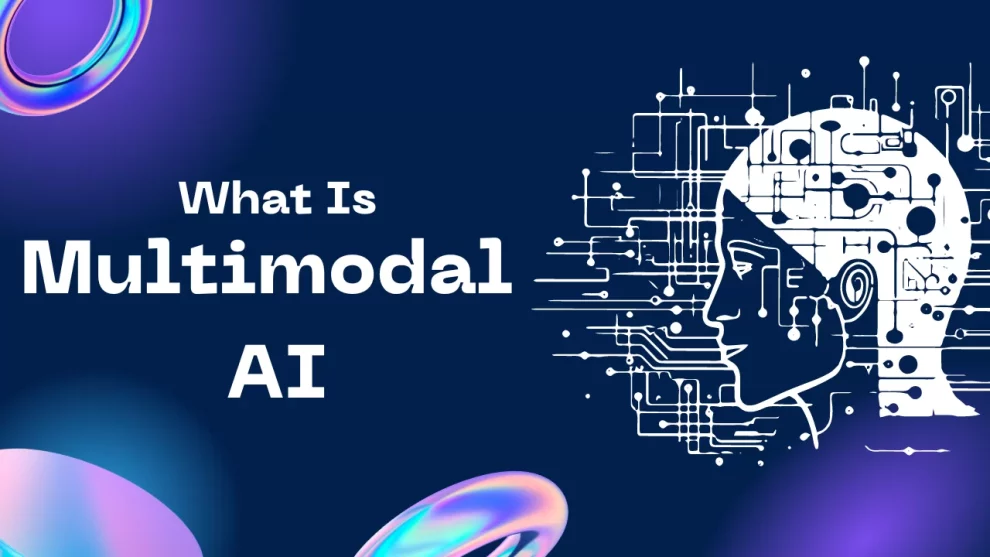The promise of artificial intelligence (AI) goes far beyond data processing. With recent advancements in situated AI systems with multi-modal perception, we are witnessing a paradigm shift towards context-aware AI assistants that can understand nuanced physical and social environments.
By integrating various senses – such as vision, audio and touch – these AI systems can perceive the world in a richer, more natural way. As a result, they become capable of truly responsive and intelligent assistance.
Limitations of Traditional AI Systems
Traditionally, AI systems have operated in isolation as specialized algorithms processing vast amounts of data. This approach has proven effective for narrow tasks.
However, such AI lacks situational understanding and the ability to adapt decisions based on real-world dynamics. It cannot comprehend subtle social cues and contextual factors the way humans intuitively do.
Key Capabilities of Situated, Context-Aware AI
In contrast, situated AI systems are designed to leverage multiple aspects for more insightful decision making:
- Physical environments – Using sensors and actuators to perceive spatial layouts, objects, and conditions
- Social contexts – Understanding facial expressions, gestures, speech intonation etc.
- User histories & preferences – Personalizing responses based on past interactions
The Power of Multi-Modal Perception
A key enabler for situated AI is multi-modal perception – the ability to process information through different sensory modalities simultaneously, much like humans.
Some of the modalities that empower context-aware AI include:
- Vision – Cameras and visual sensors to recognize objects, spaces, people and activities
- Audio – Microphones to analyze speech, sounds and vocal cues
- Touch – Sensors to enable tactile interaction with physical environments
- Sensor Fusion – Consolidating inputs from diverse sensors for a holistic perspective
Multi-Modal Perception in Action
When effectively combined, these modalities offer exciting possibilities across domains:
Intelligent Personal Assistants
AI assistants at home can dynamically anticipate needs by interpreting visual and audio cues from environments and users.
For instance, seeing the lights turned on could prompt music recommendations, while signs of fatigue in the user’s voice could trigger reminders to rest.
Robotics Advancements
With access to diverse sensory stimuli, robots can better navigate, manipulate objects and interact safely with human co-workers in dynamic environments.
Adaptive Education
AI tutors capable of analyzing student expressions, emotions and engagement can personalize teaching approaches for better learning outcomes.
Challenges in Implementation
While promising, there remain notable challenges around such multi-modal situated AI systems:
- Privacy Concerns – Collecting extensive sensory data necessitates strong data protection and transparency to users
- Explainability – Interpreting context-aware decisions is crucial for user trust and system transparency
- Fairness – Proactively tackling biases stemming from inaccurate training data
The Future with Situationally-Aware AI
With AI systems gaining capabilities to seamlessly integrate into environments by leveraging multi-modal inputs, we inch towards an intelligent assistant-driven world. User experiences across smart homes, autonomous mobility, personalized medicine and beyond stand to be transformed.
However, developers must consciously tackle key ethical challenges around privacy, bias and responsible AI to fully realize these benefits, while prioritizing human well-being.
















Add Comment